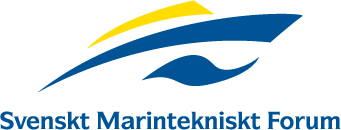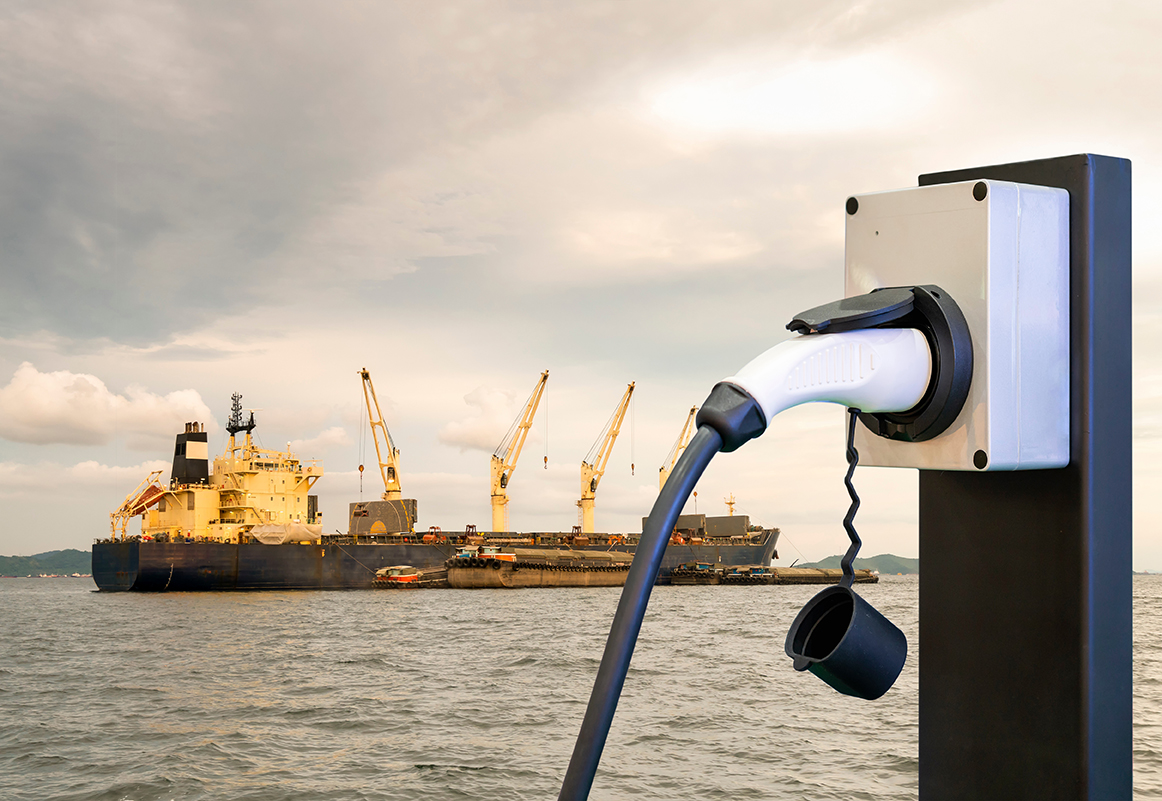

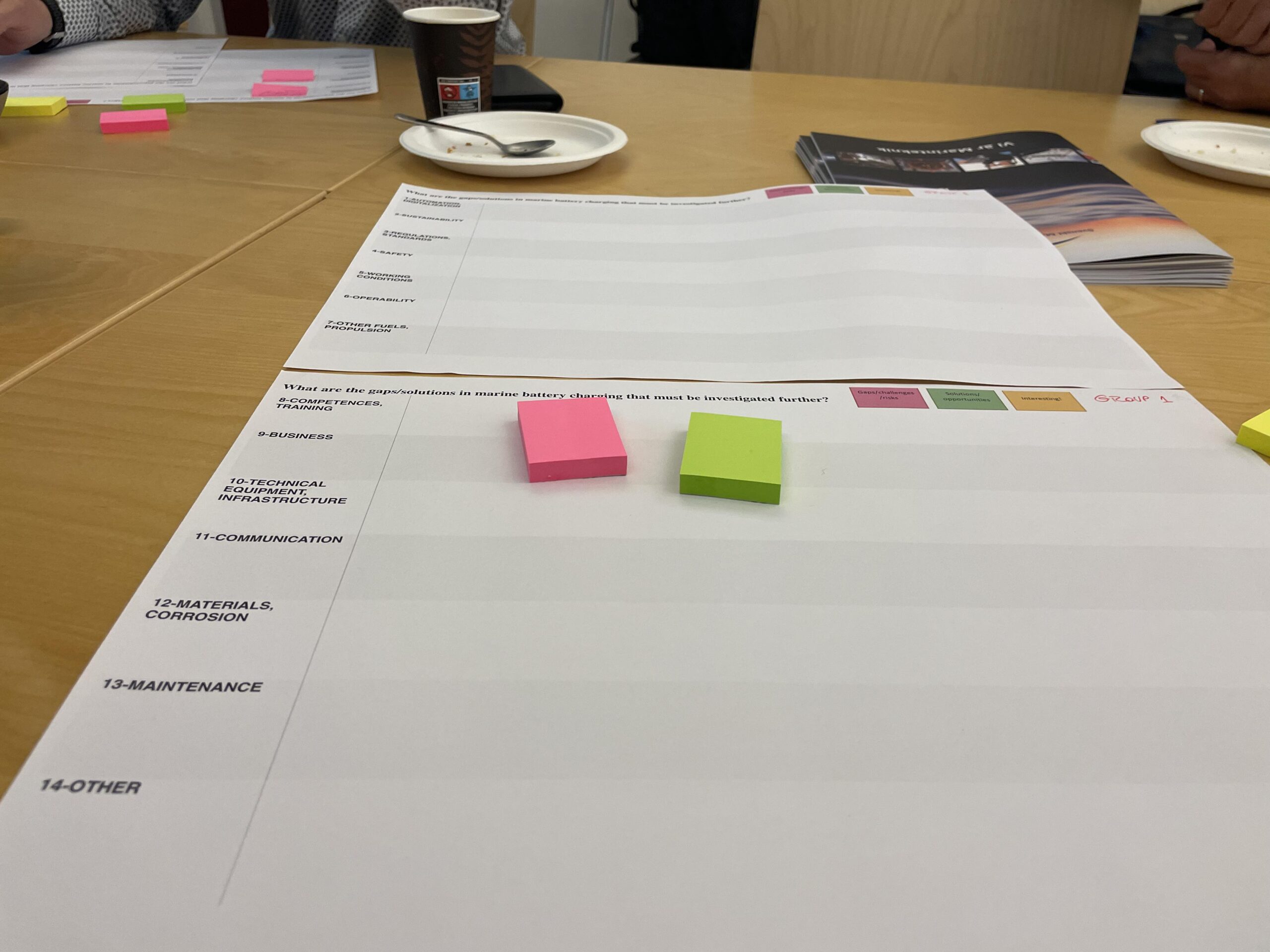
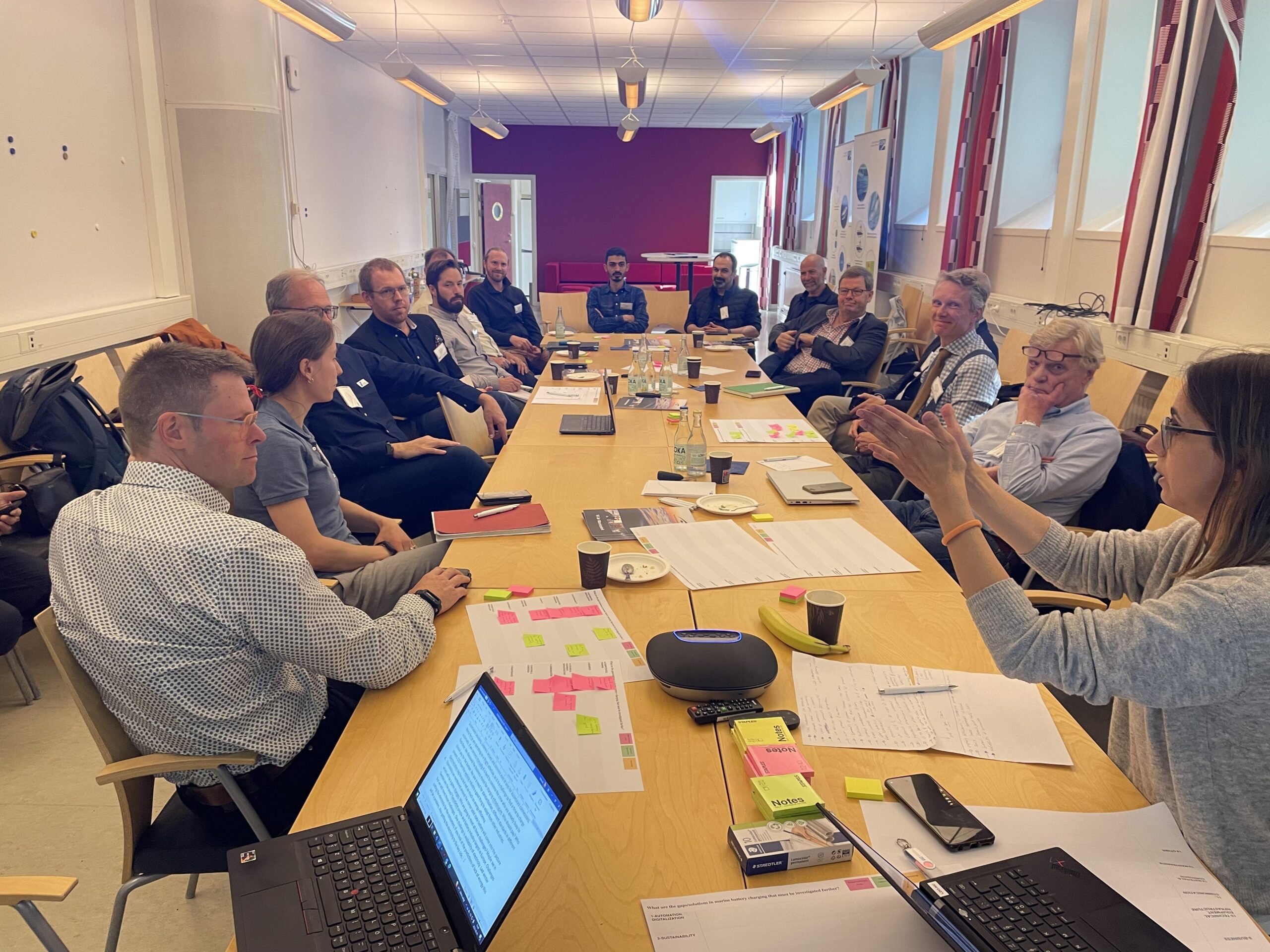
The workshop started with three presentations focusing on the electrification of vessels, particularly the use of batteries and shoreside chargers.
Ellinor Forsström presented a hydrogen-related project that RISE is currently involved in, including future hydrogen and infrastructure where an online mapping tool has been developed. Nicole Costa, RISE, then talked about the Vinnova-financed SeaCharging project, where the main focus was on standardization of charging infrastructure, operations and business aspects. Finally, Karl-Oskar Tjernström, CEO at Fossil Free Marine, held an inspiring lecture on charging infrastructure and shared his visions of how tomorrow’s charging stations should be designed to meet all our needs.
Discussion session
After the three presentations, the participants were divided into four groups to discuss their perceived gaps, challenges, opportunities, and solutions to be investigated further in the field of marine battery charging. The groups were given a list of angles/areas within battery charging to consider: automation/digitalization, sustainability, regulations/standards, safety, working conditions, operability, other fuels/propulsion, competences/training, business, technical equipment/infrastructure, communication, materials/corrosion, maintenance, or other. A matrix with this list of areas was given to each group and they filled it in with post-its with various thoughts and ideas.
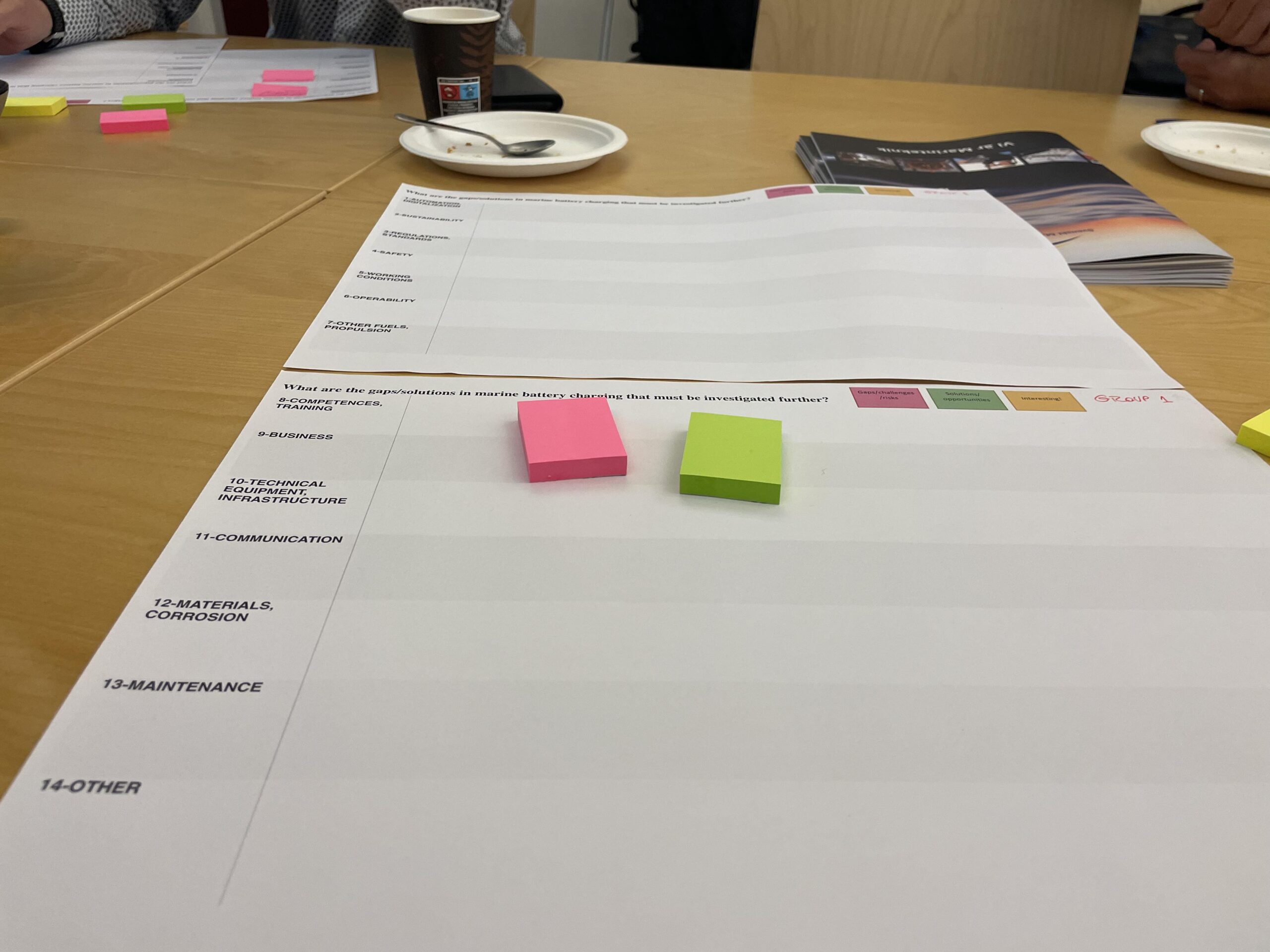
1. Matrix used during discussions.
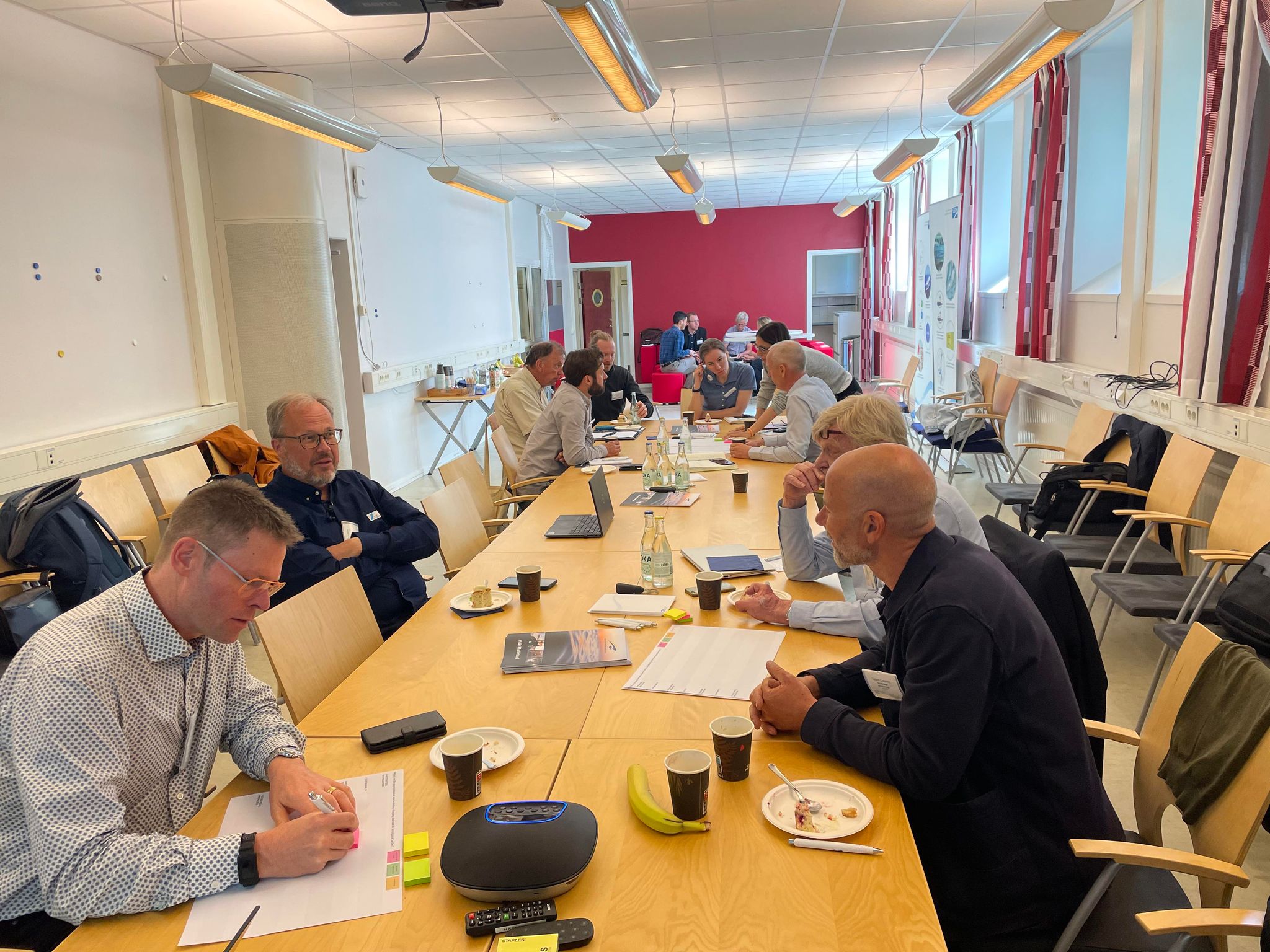
2. Discussion group 1.
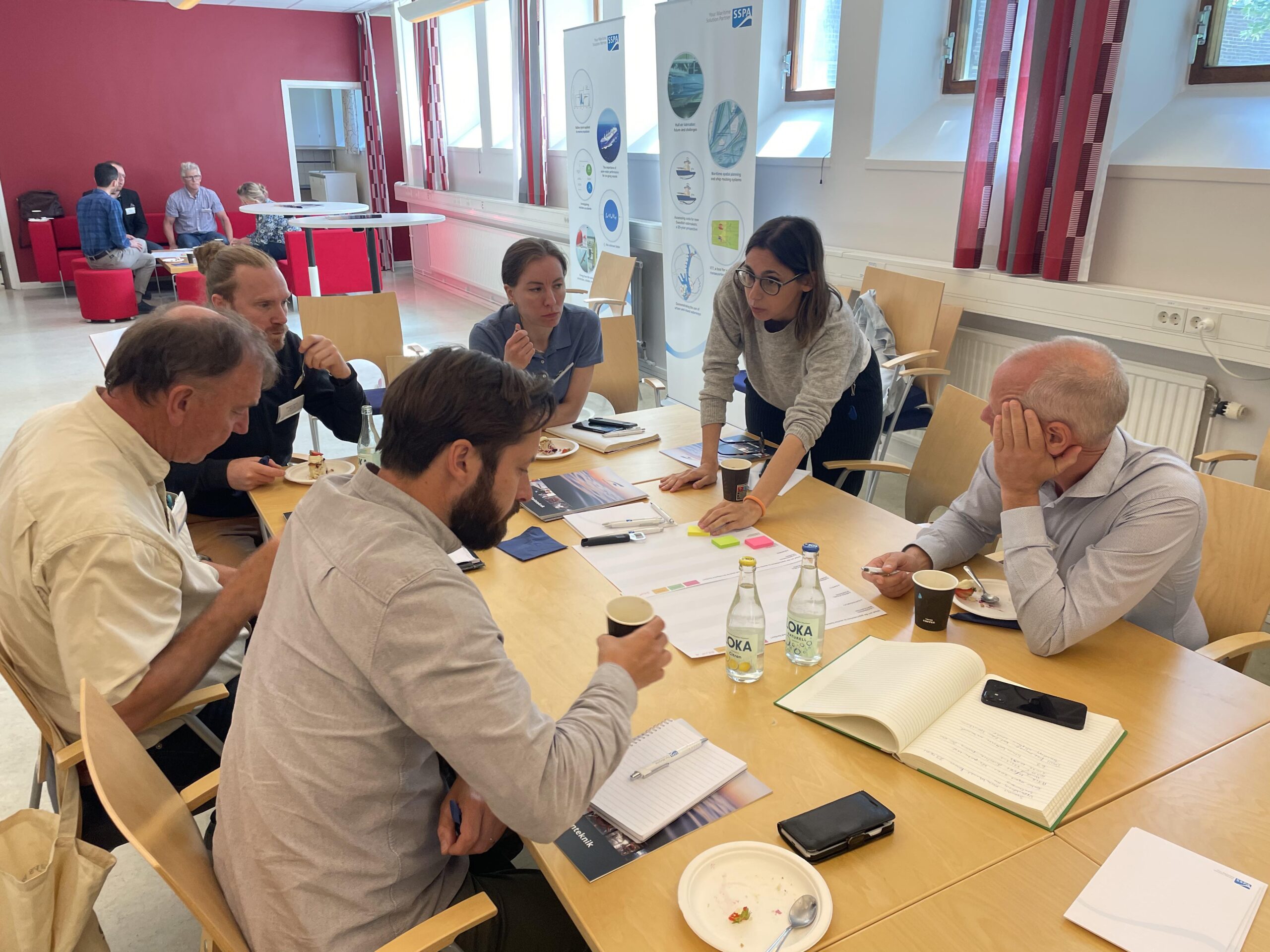
3. Discussion group 2.
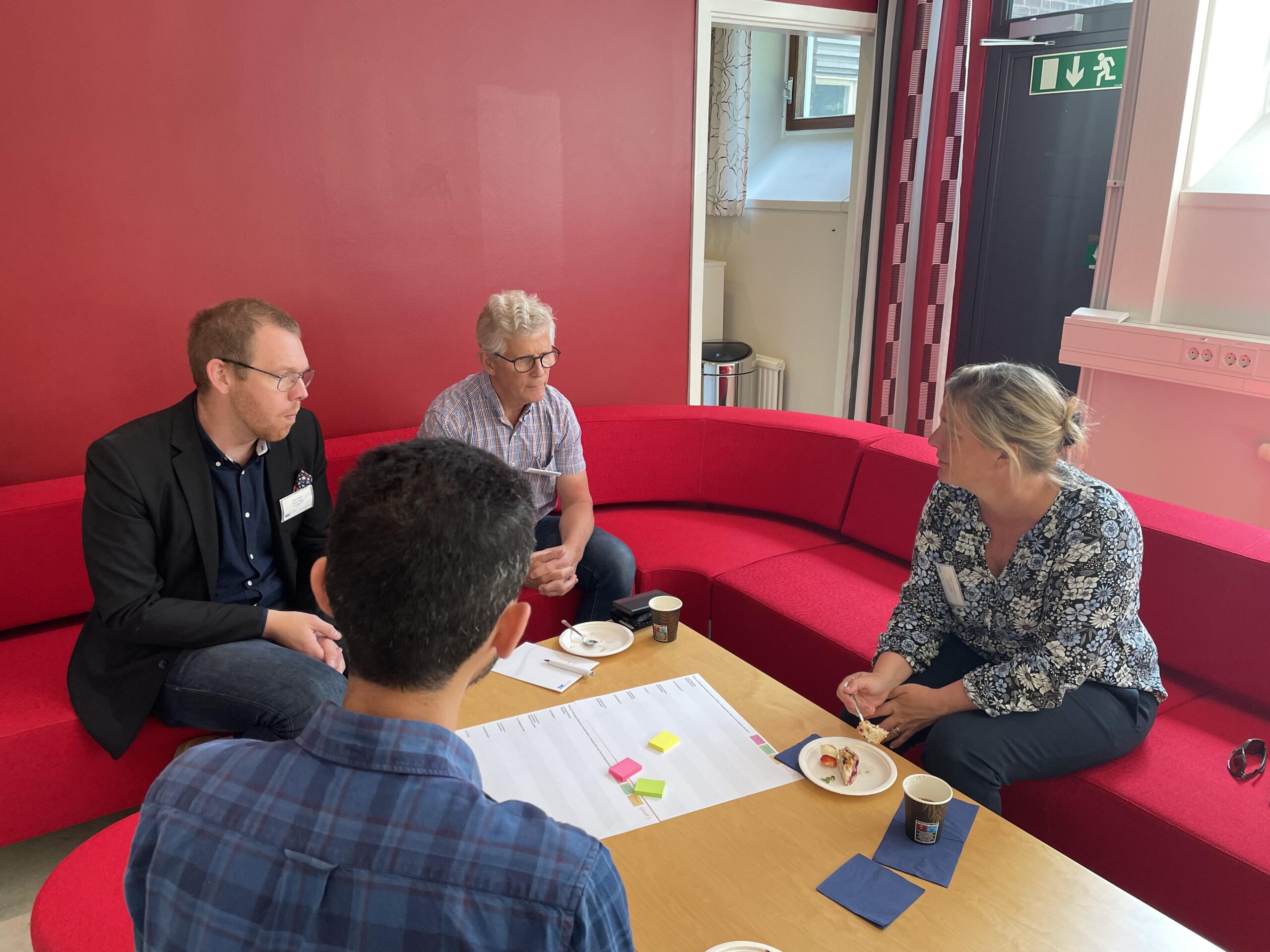
4. Discussion group 3.

5. Discussion group 4.

6. Nicole Costa, RISE, moderated the workshop
The main ideas generated during the discussion session were summarized at the end of the workshop, and these ideas are listed below in clusters.

7. Wrap-up after group discussions.
The intent is that these clusters of ideas can lead to concrete research funding proposals and that a consortium can be assembled to submit the proposal with the support of SMTF and deliver the project.
Batteries:
- Fire management for batteries; Solid-state batteries in future; Battery recycling – LCA approach in the comparison of battery types.
Standards and operations:
- More unified standards for LV and HV. Standards are cumbersome.
- Regulations with gap analyses, but lack of action from industry because regulations do not meet industry’s needs. Industry should be more involved and earlier on in setting up regulations.
- Earthing; Can CCS-2 be used by recreational boats without corrosion?; Coatings/contact material combinations and measuring performance of charging with changes in current, salt, humidity. This is not available today.
- No off-the-shelf automation.
- Up to 30m-vessels difficult with automated connection solutions and interfaces.
- Availability of electricity; Batteries as storage towards the grid.
Software systems:
- Predictive tool for the wear/tear of batteries.
- Energy management system for battery-powered vessels – reducing energy consumption and increasing battery life (eco-driving behaviour of the crew). LCA approach in the comparison of battery types.
- Being able to see what kind of electricity we are using and if we can choose before we connect, and push a button for “green” energy use.
Crew and handling of connections:
- Crew handling the connections: a) charging is more staff-demanding – what are the implications on staff numbers? b) lack of competence in charging connections; c) training and convincing crew to connect even with short time.
Business aspects:
- Ship owners pay for bunker, not for the bunker truck. Now they have to pay for more than electricity; Who operates and maintains chargers?
If you are interested in working with any of these ideas in a research project proposal, please fill in the form here or contact nicole.costa@ri.se.
After the discussion, the participants were given a tour of the SSPA Test Center.

8. Visit to Marine Dynamics Laboratory. Tour by Magnus Wikander.
